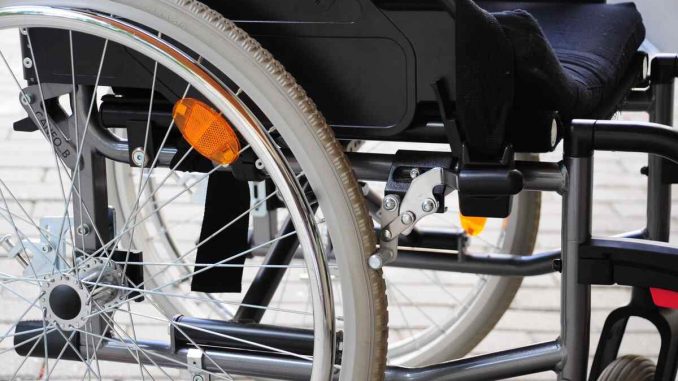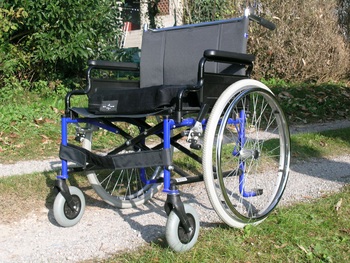
Wheelchairs are essential mobility aids for individuals with disabilities, providing them with the freedom to move around independently. However, to ensure optimal comfort, safety, and mobility, it’s crucial to consider wheelchair measurements carefully. From seat width to seat depth and back height, each measurement plays a vital role in ensuring the wheelchair fits the user properly. In this guide, we’ll explore the importance of wheelchair measurements and provide a comprehensive overview to help you choose the right wheelchair size for yourself or your loved one.
-
Seat Width
The seat width of a wheelchair is one of the most critical measurements, as it determines the user’s comfort and support. To measure the seat width accurately, have the user sit comfortably with their hips and knees at a 90-degree angle. Measure the widest part of the hips, adding about 1-2 inches for comfort and movement. Standard wheelchair seat widths typically range from 16 to 20 inches, but custom sizes are also available for individuals with specific needs.
-
Seat Depth

Seat depth is another crucial measurement, ensuring proper posture and support for the user. To measure seat depth, have the user sit upright with their back against the backrest. Measure from the back of the hips to the back of the knees, subtracting about 2 inches for clearance. Proper seat depth allows for even weight distribution and prevents pressure sores.
-
Seat Height
Seat height is the distance from the floor to the seat surface and is essential for proper foot placement and propulsion. To determine the correct seat height, measure from the user’s heel to the back of their knee while they are seated with their feet flat on the floor. This measurement ensures that the user’s feet can rest comfortably on the footrests or footplates.
-
Back Height
Back height plays a crucial role in providing support and stability for the user’s upper body. Measure from the seat surface to the top of the user’s shoulders to determine the proper back height. This measurement helps prevent back pain and ensures proper posture while sitting.
-
Armrest Height
Armrest height is important for supporting the user’s arms and providing a comfortable resting position. To measure armrest height, have the user sit comfortably with their shoulders relaxed. Measure from the seat surface to the bottom of the user’s elbow, adding about 1 inch for clearance. Proper armrest height helps prevent shoulder strain and allows for easy mobility.
-
Footrest Length
Footrest length ensures that the user’s feet are properly supported and positioned for comfort and mobility. Measure from the back of the heel to the back of the knee, adding about 2 inches for clearance. Proper footrest length prevents leg discomfort and helps maintain proper posture.
Conclusion
Choosing the right wheelchair size is crucial for ensuring comfort, safety, and mobility for individuals with disabilities. By taking accurate measurements of seat width, seat depth, seat height, back height, armrest height, and footrest length, you can ensure that the wheelchair fits properly and meets the user’s specific needs. Additionally, consulting with a healthcare professional or wheelchair specialist can provide further guidance in selecting the right wheelchair size.


Leave a Reply